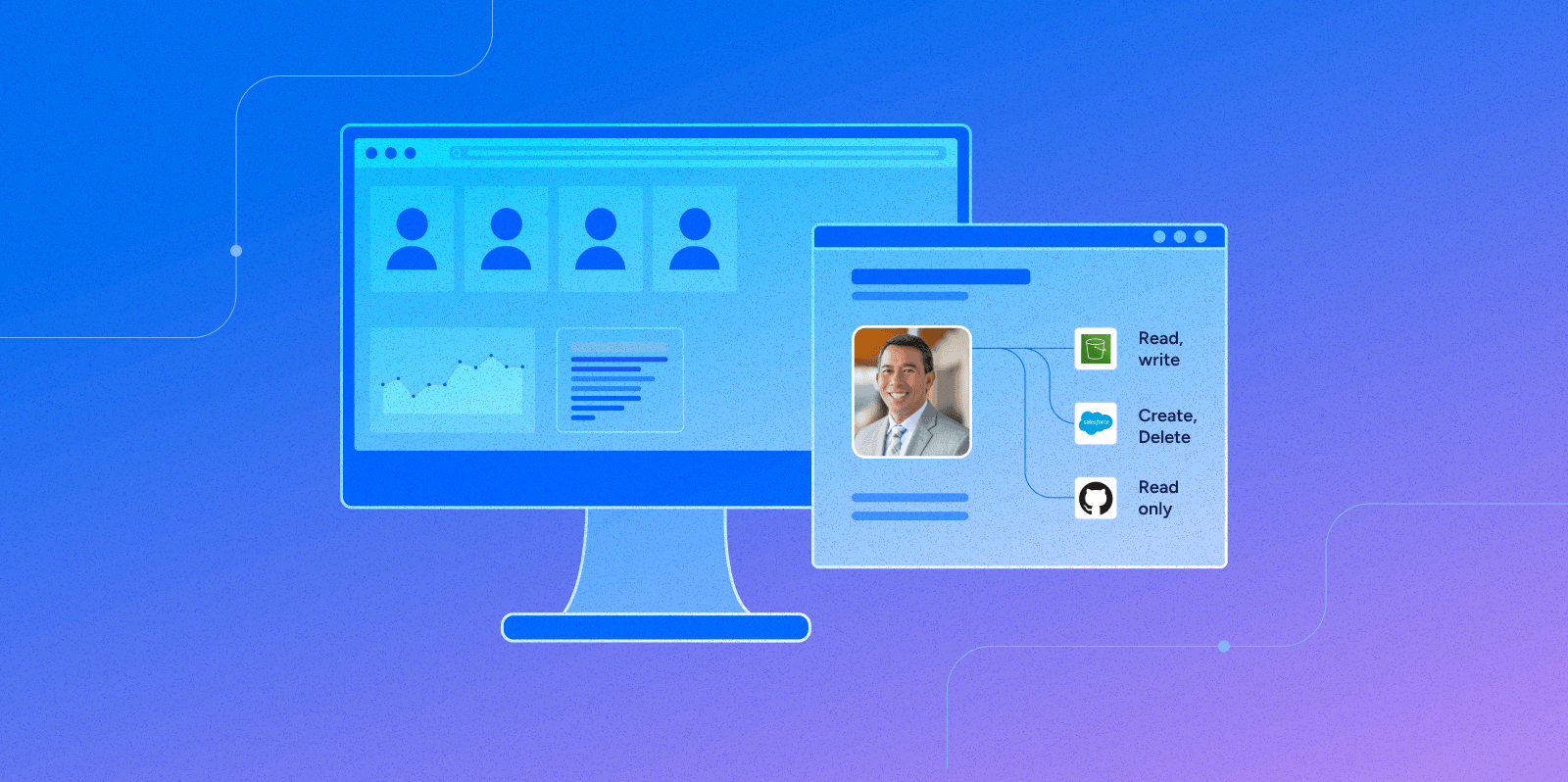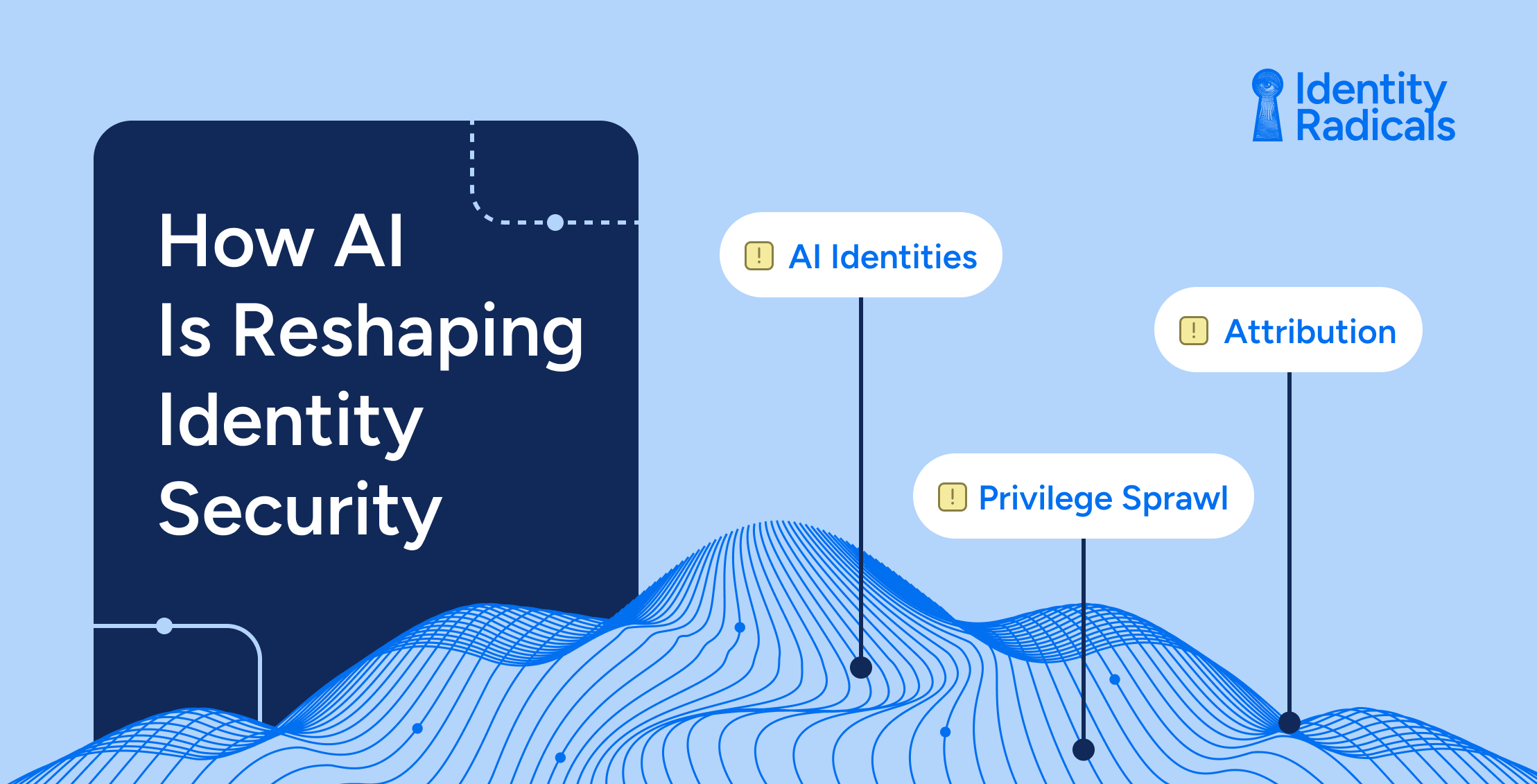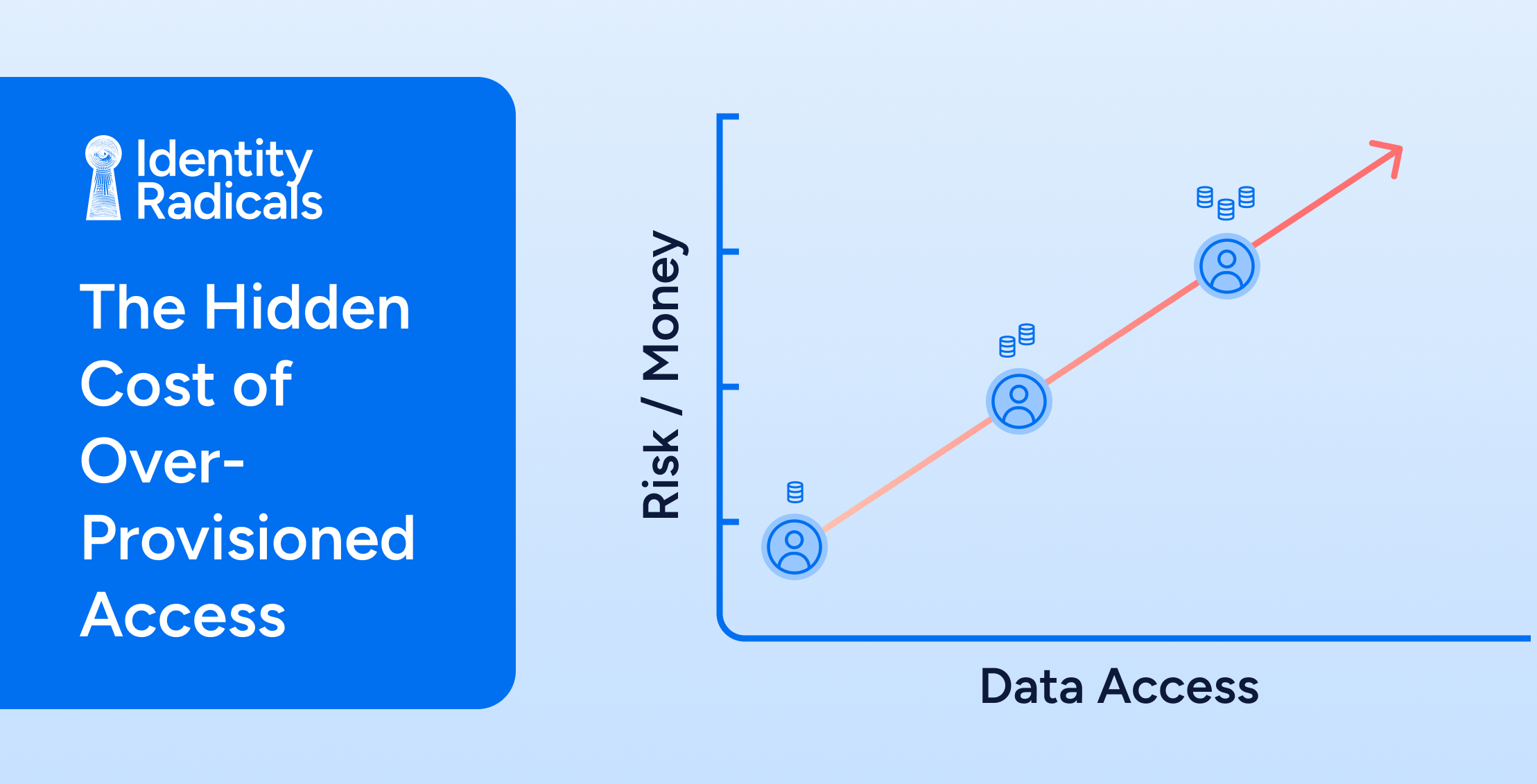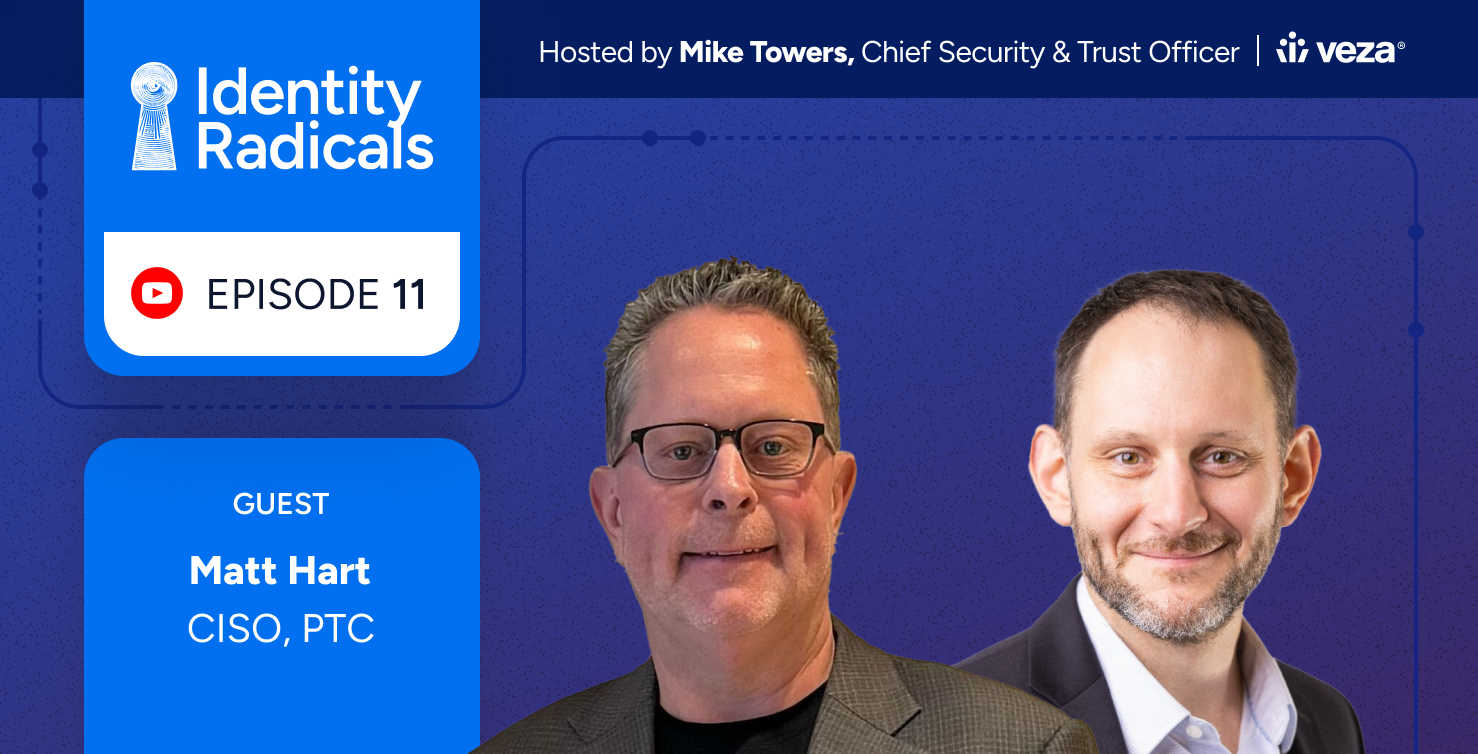
In early October we recorded a podcast episode with Rachel Wilson, Head of Cybersecurity at Morgan Stanley Wealth Management, and formerly the head of counter terrorism operations at the NSA. We did a deep dive into cyber security, identity security, and evolving digital threats. In case you don’t get a chance to listen to the whole episode, here are the top 5 learnings from our conversation with Rachel.
1. Implement layered security strategies
Cyber threats that use identities as attack vectors are becoming more sophisticated. To quickly identify and neutralize threats, organizations must implement layered security strategies that include rigorous access controls, advanced threat detection systems, regular security audits, internal and external monitoring, multi-factor authentication, and employee training.
2. Don’t rely exclusively on multi-factor authentication
Cybercriminals consistently find ways around Multi-Factor Authentication. The rise of sophisticated malware like Marcher, which can intercept MFA codes, is a clear signal for the need to upgrade security protocols. Incorporating biometric authentication and behavioral analytics can strengthen your defense. Continuously monitoring for unusual login attempts and implementing AI-driven anomaly detection can significantly enhance the security of your authentication processes.
3. Assume a Breach Will Occur
To navigate today’s cybersecurity environment effectively you must adopt a breach-inevitable mindset. This strategy demands robust defenses, efficient breach detection, and swift response mechanisms. Implement an incident response plan with regular drills and clearly defined roles to minimize the impact of a potential breach. Use real-time monitoring and establish a dedicated cyber incident response team.
4. Control and Monitor Authorization Rigorously
Effective control and rigorous monitoring of user authorization are vital. You must implement a least-privilege policy, ensuring users can only access what’s necessary for their role. Review all user privileges periodically and implement real-time monitoring of user activities to prevent unauthorized access. Automated tools for continuous access evaluation and anomaly detection in user behavior can help maintain a tight grip on authorization, as seen in sectors with sensitive data.
5. Embrace Automation and Develop Cybersecurity Talent
The success of organizations with robust security postures lies in their commitment to both technological advancement and employee expertise in cybersecurity. Automating identity governance and developing talent are key to future-proofing cybersecurity. Automated systems not only streamline identity management but also reduce the risk of human error. Encouraging professional development, investing in cybersecurity training programs, and fostering a culture of continuous learning helps build a workforce that has the skills to defend against emerging threats.
Watch our 2-minute demos to learn how Veza can help you implement rigorous access controls and visualize who can do what with which data or schedule a call with us to explore in more detail.





